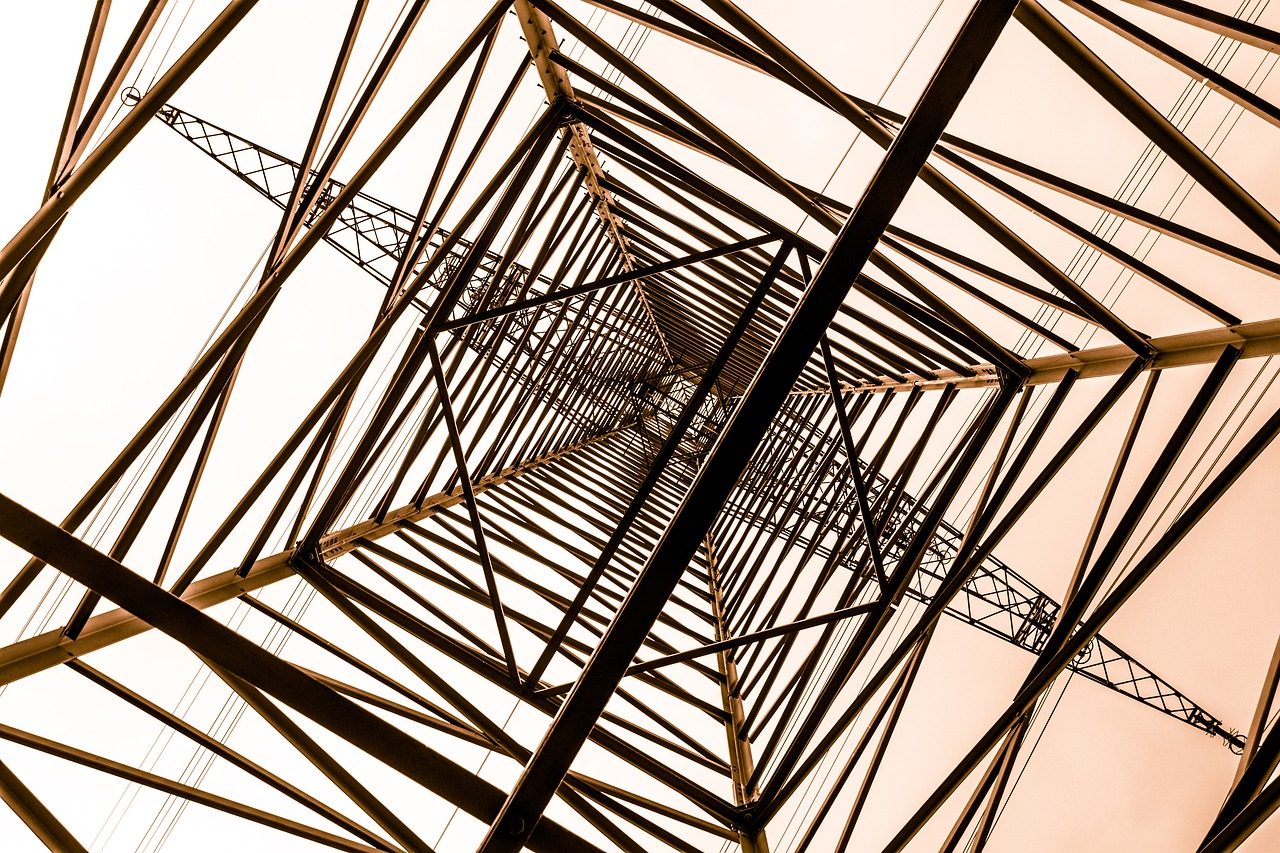
Cranes are magnificent pieces of equipment that are indispensable in construction projects. Crane operators must follow proper safety protocols for safe operation of the crane. It is important to remember that safety protocols and regulations for crane operation vary by state, city, and county even!
Operating a crane takes a skilled workers–preferably NCCCO certified, as well as the backing of a company such as Sheedy Crane that offers crane rental and operators in a comprehensive package for anyone looking to get a project done in an efficient and timely manner.
We’d like to go over a few general basics of crane safety hazards that take priority in looking out for.
Crane Safety Preparations
First and foremost, before the crane is even utilized, the contractor which is responsible for the operation of the crane must ensure that the equipment is fit for use. This means checking the load line, rigging and rigging accessories, to ensure they are adequate for the load that is to be imposed upon the equipment for the job.
Avoiding Environmental Hazards as a Crane Operator
Diligence is required to operate heavy machinery for any given job. Since cranes are used outside in construction sites, the most important thing is to have access to and awareness of the ground conditions that are present. Soil evaluations, maps of the area, as well as knowledge of any underground conditions are important. Nobody wants to have to fish a crane out of hole that collapsed because the grounds that were being dug up for the job were not meeting the proper criteria for operation.
Electrical hazards are equally prevalent in the common urban use case scenario for cranes. For a piece of equipment that swings a huge arm around, it seems apparent that one of the most pressing issues can be tripping power lines or hitting associated poles and towers when swinging the crane arm. There are minimum distances away from power lines that are required to be adhered to for safety as well as preventing accidental power outages and damage to the lines. Downed electrical lines are incredibly hazardous so all efforts to keep them isolated are taken.
Falling Loads and Overloading
If the proper steps had been followed when setting up and inspecting the mechanical aspects of the crane, ideally there would be minimal to no chance to of falling load being a risk. However, in reality there is a level of danger present to all construction work and crane operation. This is why it is crucial that no one be in the fall zone of any load being lifted as a precaution.
Overloading is also a major contributing factor to failure of crane accessories such as the slings. There are times when slings are accruing damage that may not be seen upon first inspection, learning to spot microtears and other signs of wear and tear are crucial, as the load integrity can only be maintained if all parts are functioning as they should.
Crane Safety – Working with a Reliable Crane Rental Company
You would like to think that all crane companies—or even companies peripherally involved with construction would be following OSHA guidelines to the T, but sadly the guidelines exist because companies DO break them. This is why it is important to deal with reputable companies such as Sheedy Crane that have been in business for 95 years in the San Francisco Bay Area.
Contact Sheedy Crane for all of your crane rental and operator needs. All of our operators are NCCO certified and provide the very best skills in executing your crane-based project needs.
